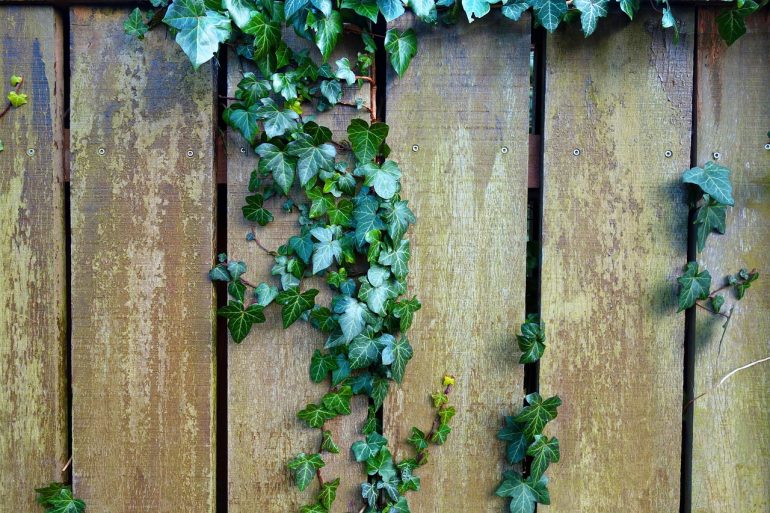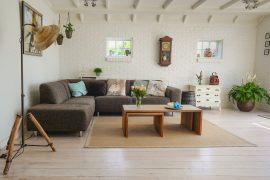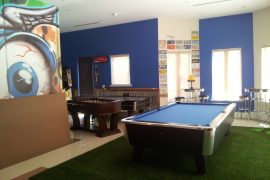Effective landscaping means getting the most out of every inch of a given plot. By necessity, a given outdoor space will come with edges – and in many cases, those edges will be visible from wherever you’re standing.
As such, the things we use to mark the boundaries will need to serve two functions. Firstly, they’ll need to clearly indicate where the boundary lies, and form a physical barrier between one space and the next. Secondly, they’ll need to look great.
Garden fences, hedges and walls, in other words, serve an aesthetic purpose on top of all the practical ones. But what makes for a great-looking fence?
Harmonising with nature
One of the major plus points of any given garden space is the greenery contained within it. Green spaces, with plenty of visible grass, bushes and trees, have been strongly associated with reduced stress, increased mental resilience, and generally improved mental wellbeing.
Given all of this, we might look for hedges which work in harmony with nature, rather than seeking to break it apart. Crawling ivy, naturally-finished timber, and built-up flowerbeds might all help to achieve this effect.
Choice of materials
The materials we use to construct our fences can make a big difference to how they look. We should consider not only the way that a fence looks immediately after it’s installed, but also how it will look in years to come. Looking for timber that’s been treated to resist rot and moisture can be critical. But giving your fence a coat of the right finish might also make a difference.
The right integration
The design decisions you make elsewhere in the garden should inform the way that your fence is incorporated into it. If you’re sticking to a certain combination of colours, patterns and textures, then you might seek to reflect these in your choice of fence panel.
For example, if you’re favouring a weathered-looking white timber patio, then you might complement it with a fence to match. On the other hand, you might look to contrast your choices in the garden with a bold, colourful fence that draws the eye immediately.
Think of your fence panels as the walls of a room in this perspective. Attention can be drawn in an efficient manner by strategically using one focus wall or other prominent element. On the other hand, muted tones work well if you want to avoid drawing attention to a particular area of the fence, especially if you plan to highlight other decorative elements like flowerpots.
Conclusion
In many garden spaces, the fencing can take up a significant chunk of the visual field. Wherever you look, in other words, your eye is likely to fall upon a section of fence. Consequently, your choice of fence really does matter, from an aesthetic point of view as well as a practical one!





